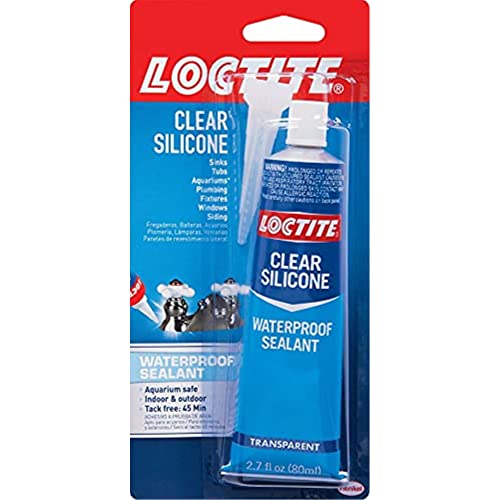Are you planning to install a deep cycle battery in your RV and want to know if you need to vent it? You’ve come to the right place, for we have researched this question, and we have the answer for you.
There are different types of deep-cycle batteries, most of which do not need venting.
Let’s talk more about the different deep-cycle batteries in the succeeding sections and learn which is the right one for your RV. Learn how to vent a deep cycle battery on your RV in the sections below.
Read on!
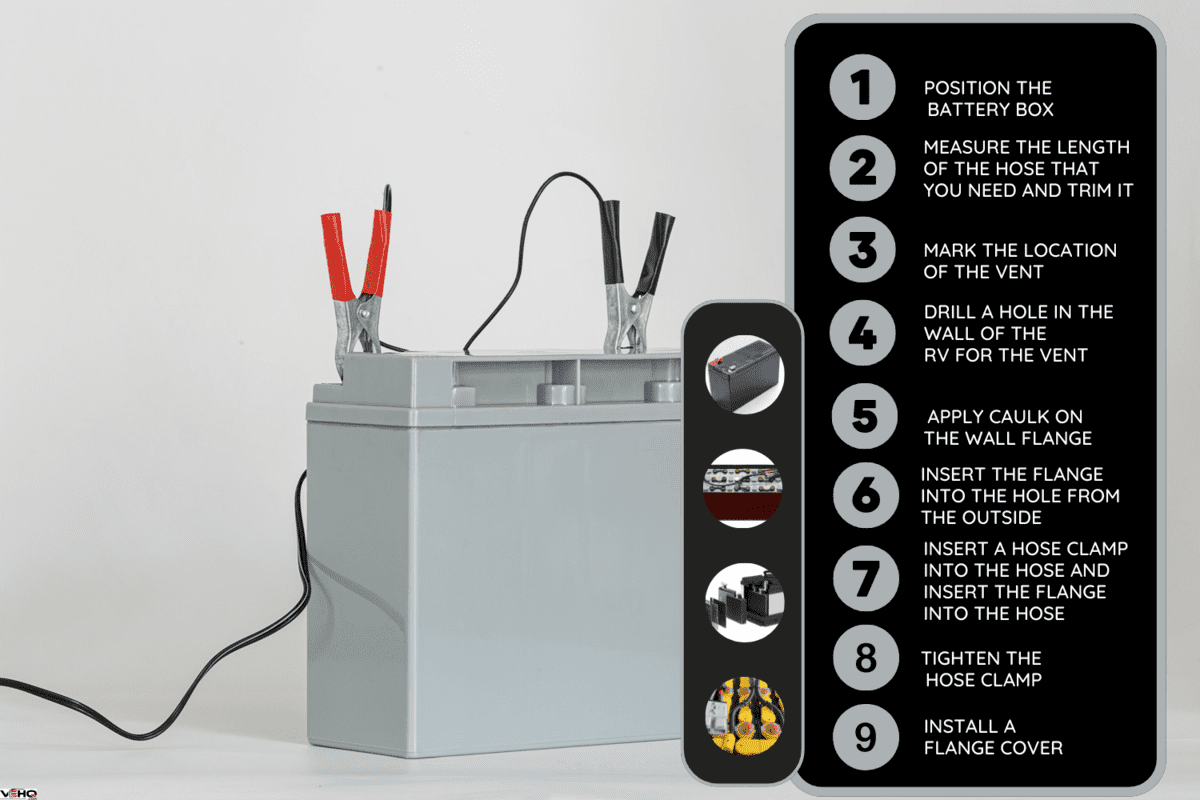
Deep-cycle Batteries: The House Bank
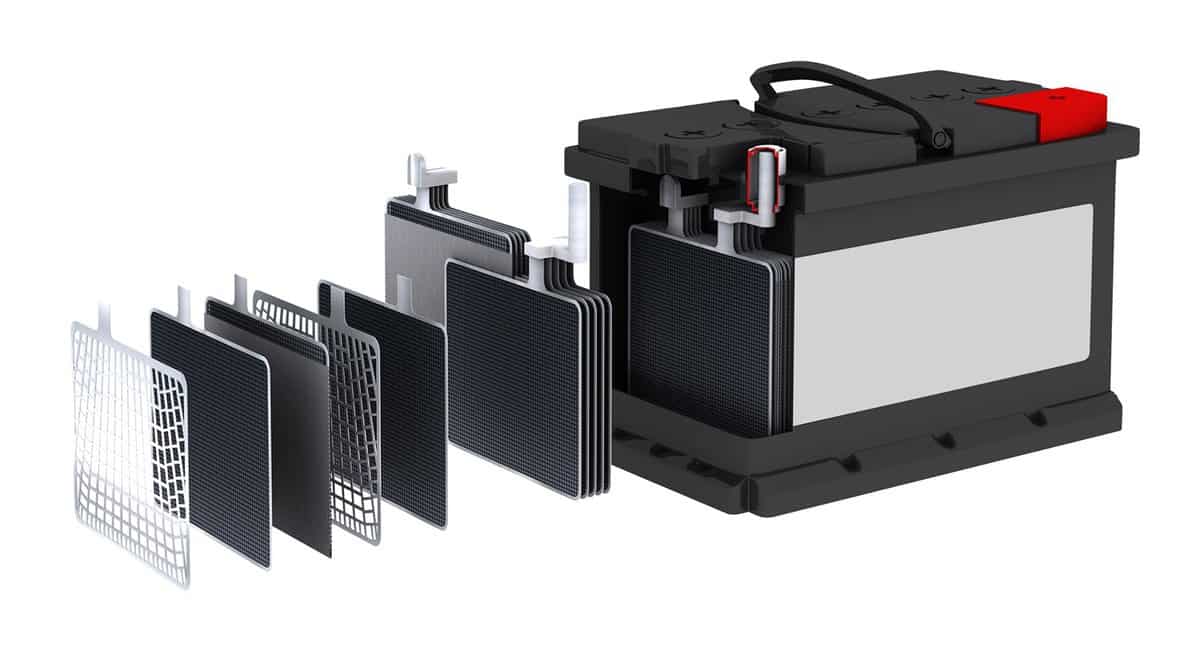
Most deep-cycle batteries look like regular car batteries. However, unlike regular car batteries, deep-cycle batteries are better at discharging most of their capacity over a longer period. In contrast, a regular car battery loses a large chunk of its charge when starting your car.
Additionally, deep-cycle batteries maintain a consistent charge until they drop to around 20% of their capacity, at which point it needs recharging. A car battery, on the other hand, doesn’t have a consistent voltage output. Its output is proportional to the remaining charge.
Types of Deep-cycle Batteries
The basic characteristic of a deep-cycle battery is its ability to discharge its capacity consistently over a long period. Following this characteristic, even the batteries inside your phone or laptop are both deep-cycle batteries.
There are different types of deep-cycle batteries that you can use for your RV.
AGM (Absorbent Glass Mat): No Vent Needed
An AGM battery is a type of lead-acid battery.
An AGM battery uses an absorbent glass to separate the negative and positive plates, hence its name. The battery acid is held by the absorbent glass. This eliminates the free-flowing battery acid inside the case.
Without any free-flowing battery acid inside the case, you can install the battery in any direction. There is no need to fear leaks because an AGM battery has a sealed case.
The compression of the components provides a secondary advantage. The compression reduces the shedding of the plates. Shedding in a lead-acid battery is a natural effect of the power cycling of a deep-cycle battery. Less shedding leads to significantly longer service life for the battery.
An AGM battery is maintenance-free and has a spill-proof casing. Maintenance-free means that it has very little gassing and leaking. It doesn’t need any venting or the other maintenance procedures that a regular lead-acid battery requires.
Its design purpose is to support the power needs of modern vehicles, especially start-stop applications.
Flooded Lead Acid: Vent Necessary
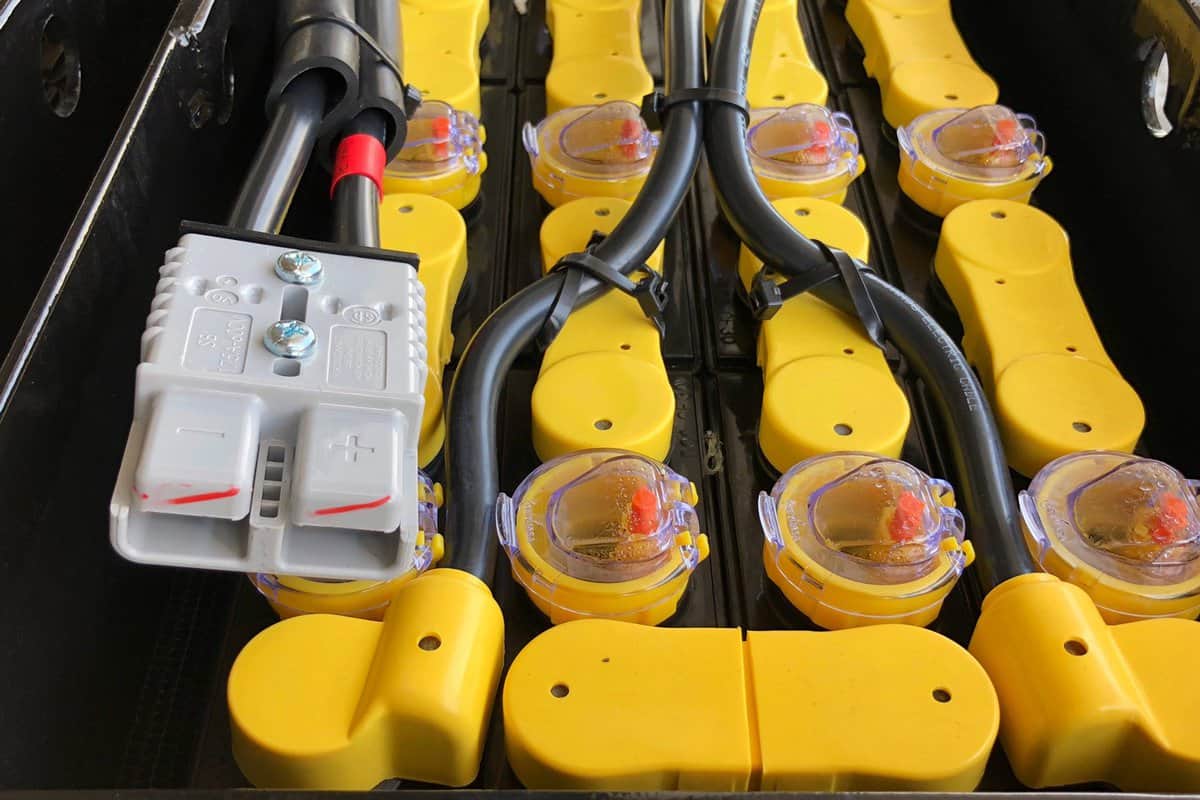
This is the most common of all the deep-cycle battery. It is one of the oldest lead-acid battery designs. Thus, it is the cheapest among the different types of deep-cycle batteries.
A flooded lead-acid battery has a free-flowing electrolyte inside the battery case. The electrolyte causes a chemical reaction, forcing the battery acid to bond with the lead plates. This chemical reaction produces an electric current.
The greatest advantage of a flooded lead acid battery is its lower cost. It is the cheapest of the different deep-cycle batteries. It is a mature technology that makes manufacturing more efficient, hence the lower cost.
On the downside, this type of battery is a high-maintenance battery. It produces gasses like hydrogen as a byproduct of the chemical reaction that produces electricity.
The gas byproduct of the chemical reaction that produces electricity makes it necessary to vent a flooded lead-acid battery. Venting will prevent the hydrogen concentration from reaching a dangerous level.
Additionally, the water level of a flooded lead acid battery must stay within a specific range. You need to regularly refill the water inside the battery as part of its maintenance.
Gel Cell: No Vent Needed
A gel cell battery uses slightly different components to create a chemical reaction to produce electricity.
Gel cell batteries use a solution of sulfuric acid and fumed silica, creating a gel-like compound. The gel-like mass inside the casing also allows installation in any direction because there is nothing to spill.
A gel cell battery is also virtually maintenance-free. The internal gasses recombine to create water. The recombination of gasses means that you do not need to periodically refill the battery with water to maintain its effectiveness.
It has a long service life compared to other lead acid batteries, and they are compatible with charging from solar panels on your RV.
Because a gel cell battery doesn’t leak gases, you can install it in places with very little ventilation, like inside your RV or inside your home.
One downside to gel cell batteries is the use of a special charger. You only need to use low voltages to charge it, and higher voltages can cause the battery to fail. If you charge your batteries through alternators, you need to install the right kind of regulator for a gel cell battery.
Another disadvantage of gel cell batteries is their sensitivity to extreme temperatures. High temperatures can cause the gel to solidify and separate itself from the plates.
Lithium Ion: No Vent Needed
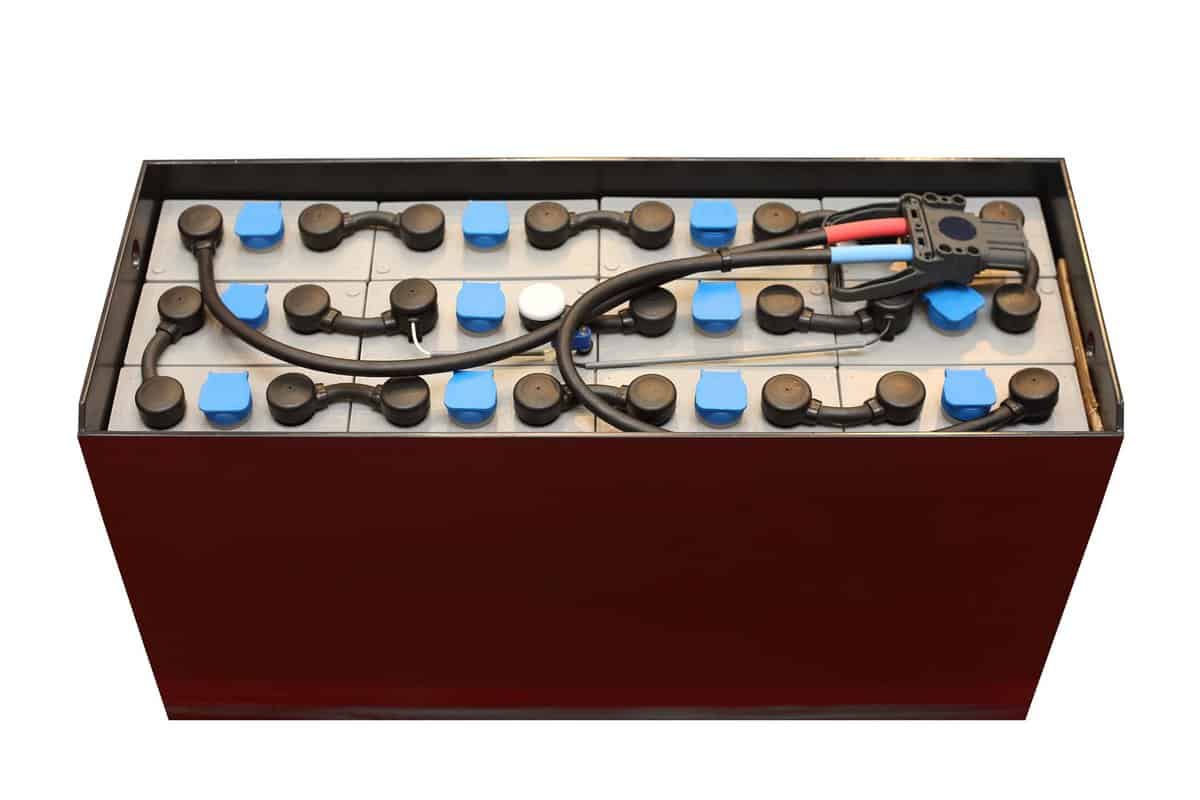
Anyone who owns a mobile phone or a laptop knows what a lithium-ion battery is. It shouldn’t be a surprise that larger versions of the same lithium-ion batteries inside these devices power RV homes. You can even find lithium-ion batteries in houses with solar panels, complementing their power supply with stored solar energy.
A lithium-ion battery doesn’t produce any gas byproduct. If it did, then they’d have to invent backpacks and shoulder bags with vents. Without a gaseous byproduct, using a lithium-ion battery on your RV doesn’t need the installation of a vent.
A lithium-ion battery is also lightweight because it does not have any lead component or liquid inside. In addition to being lightweight, lithium-ion batteries are also more compact compared to their lead-acid battery counterparts. This means that they require smaller spaces for installation.
One of the greatest advantages of lithium-ion is the high number of charge cycles.
You can increase the service life of standard lead-acid batteries like the AGM if the battery is only discharged halfway and then charged once more. Lithium-ion batteries do not have this limitation that can impact the lifespan of the battery.
Thus, although lithium-ion batteries are more expensive per unit, they become cheaper when considering their longer service life and the number of units you need.
If you want to get a longer service life from your AGM battery, you will need twice as many batteries to discharge them only at 50%. This also means that you need a bigger space for storage. Since lithium-ion batteries do not have this limitation, you need fewer of them, and you need a smaller space for storage.
How to vent-flooded lead acid batteries?
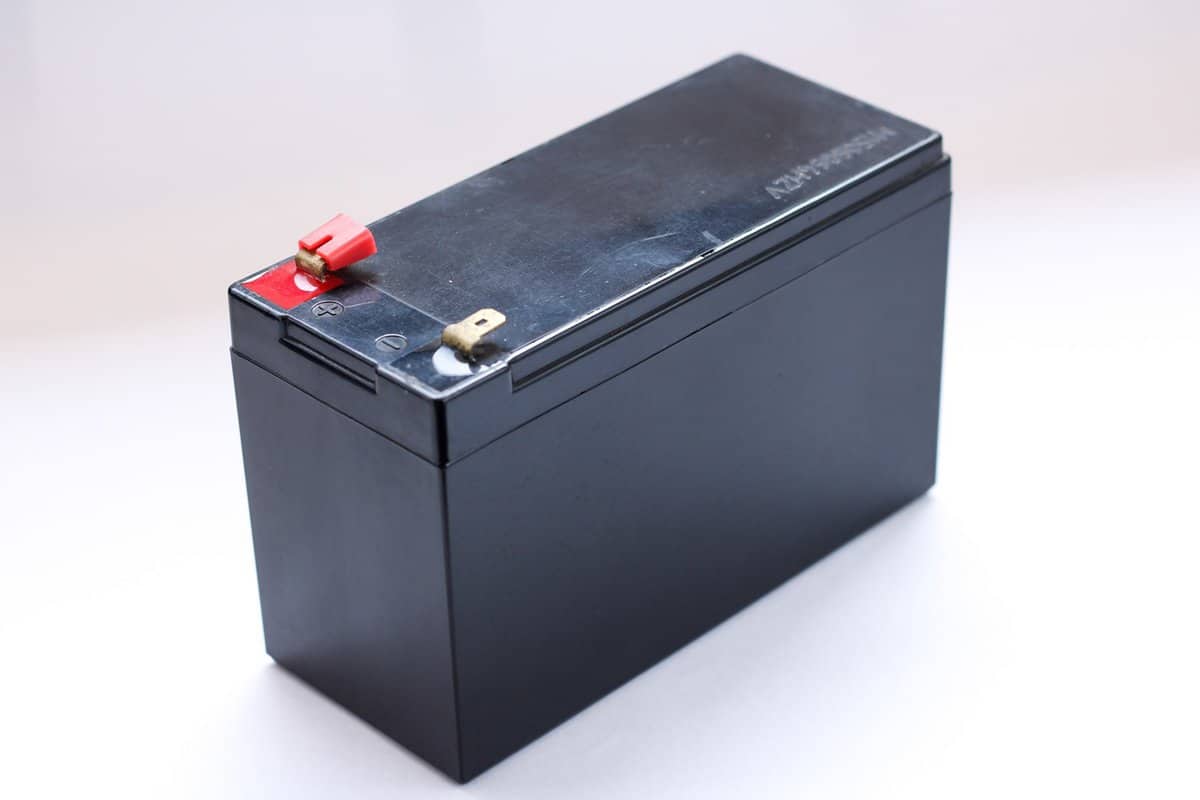
Flooded lead acid batteries are still popular because of their low cost. If your family goes on an RV vacation for just a few days each year, spending money on a lithium-ion battery might not be an attractive option.
However, installing a flooded lead acid battery on your RV requires venting.
And here are the simple steps that you can follow to install your own vent.
Choosing A Battery Box
A battery box is a plastic container that helps isolate your battery from the rest of your RV. This is only important if your RV doesn’t have an isolated area for storing batteries.
Keep in mind that even with a battery box, it is best to store your battery away from the rest of the appliances inside the RV to prevent any source of spark.
Camco battery box is available on Amazon through this link.
Preparing The Battery Box
- Drill a hole in the top of the cover of the battery box. Ideally, this should be one to two inches in diameter. Pick the highest flat area.
- Apply caulk on the inside of the battery box flange
- Insert the flange into the hole from the inside.
- Insert the exposed end of the flange into one end of the vent hose.
- Slide a hose clamp over the connection and tighten it.
Installing The Vent
- Position the battery box.
- Measure the length of the hose that you need and trim it.
- Mark the location of the vent. The vent must be a minimum of six inches above the cover of the battery box.
- Drill a hole in the wall of the RV for the vent.
- Apply caulk on the wall flange.
- Insert the flange into the hole from the outside.
- Insert a hose clamp into the hose and insert the flange into the hose.
- Tighten the hose clamp.
- Install a flange cover.
Henkel Silicone Waterproof Sealant is available on Amazon through this link.
Conclusion
Not all deep-cycle batteries produce gas byproducts. Thus, not all of them need a vent. If you've opted for a deep-cycle battery that needs venting, all you need to do is install it in a battery box and vent the box.
If you enjoyed reading this article, you might find the articles below equally enjoyable to read:
Are RV Black Water Tanks Vented?
5 RV Laws In Texas You Should Know [And Other Useful Information]


